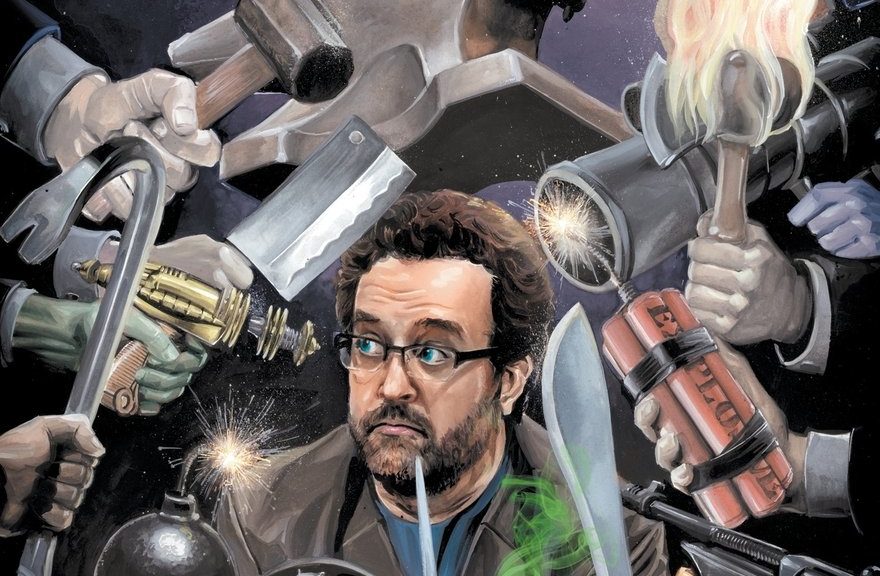A Random Memory…
In my mid-twenties, I spent six years living at Lake Tahoe. Literally within a half-mile of the beach. Every summer, I would Volunteer at first the Music at Sand Harbor festival, and then a month later, at the Shakespeare at Sand Harbor Festival. A set of events taking place in the dunes at the Sand Harbor Lake Tahoe Nevada State Park. (The latter event is still around as The Lake Tahoe Shakespeare Festival).
I would work every night at both festivals as one of the security Volunteers. They called it “Security”, but it was really ushering. We were mainly concerned with helping people find a spot for their blanket and then keeping them from going into the environmentally sensitive parts of the dunes. Since I was there every night, and people somehow got the idea I was responsible, after a year or two, I was put in charge of security for both events. Which mainly meant getting there early so I could drag a shovel through the sand to mark where the aisles would go.
People tended to Volunteer for a few nights, so you’d get to know one another. One Volunteer I recall was a young woman named Ashley. She’d arrived early one Saturday and after we’d drawn the aisles, we had some time to kill. I looked at the aisles and commented, “Y’know, those aisles would be a lot easier for folks to see if we marked them with a rope.” Ashley agreed that was probably true, so I asked, “Would you go over to the lifeguard station and ask if we could borrow about 200 feet of shore line?”
Ashley came back about 20 minutes later to report that the lifeguard didn’t have that much available and had suggested she try the park office.
Sadly, the whole thing fell apart at that point because I couldn’t keep a straight face any longer.
(Image by Wikipedia user DimiTalen, used under Creative Commons Attribution-Share Alike 3.0 Unported)







